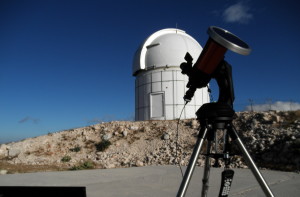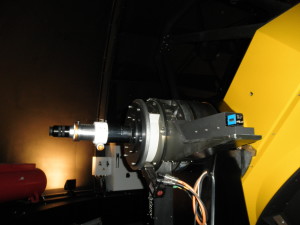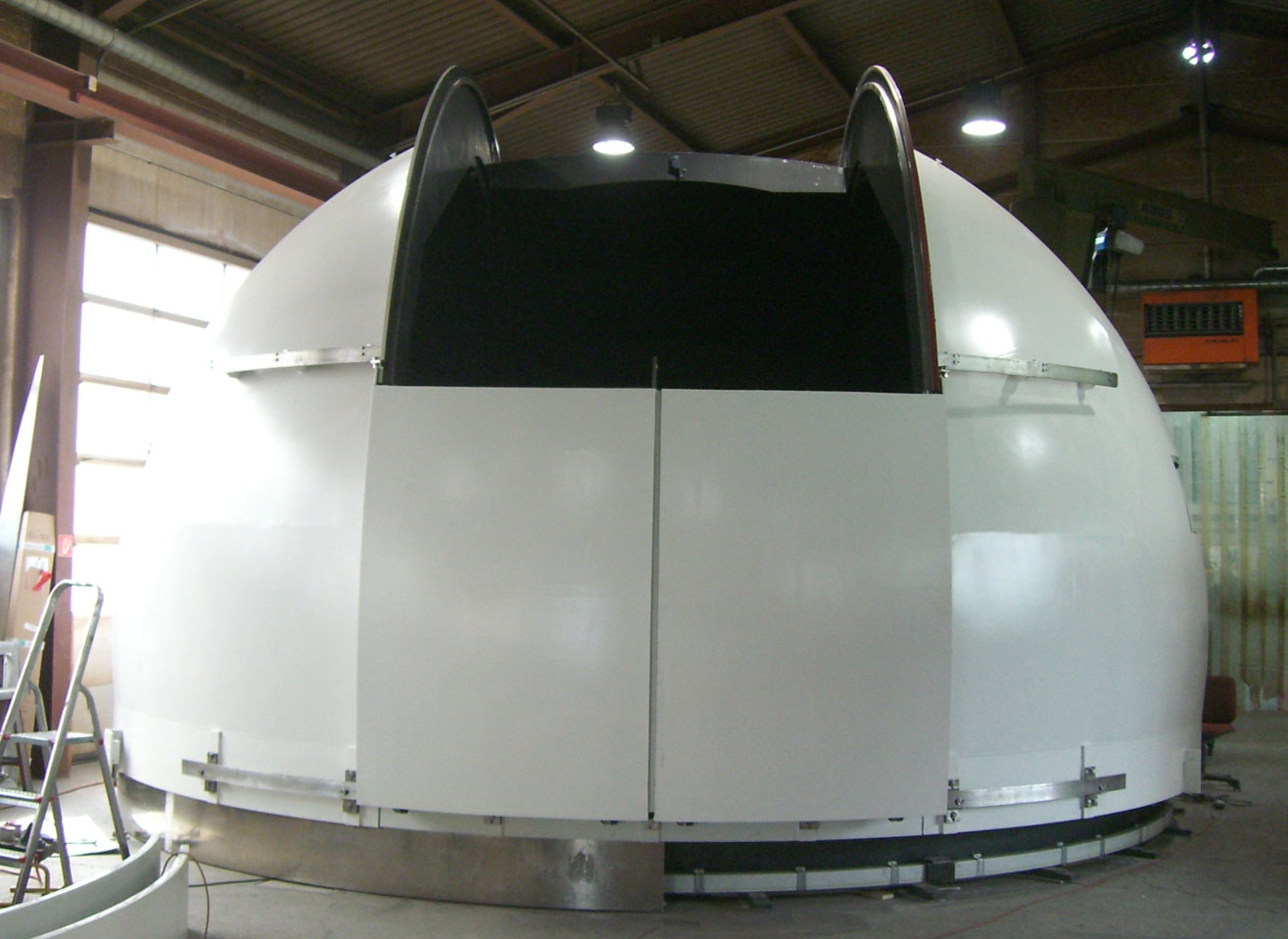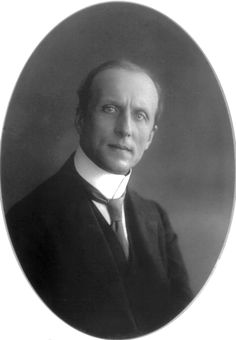TCC- Dedication: Constantinos Caratheodory (Short Biography)
Milestones: Conception: 1995. Dome construction 2010, 1.4m CC telescope installation 2010.
TCC-Photographs

TCC: 7m Dome

TCC: Visual Setup installed at Nasmyth Arm-I
The sky above TCC right now: click here for sky map

GENERAL INFORMATION
- Optical architecture: two mirror Cassegrain + flat diagonal (2 Nasmyth foci. Arm-1: F/12 focus, Arm-2: F/8 with a focal reducer)
- Coatings: M1 and M2:
CZ303 (Al + MgF2), with reduced MgF2 protection layer thickness to achieve special polarization demands. M3: CZ322 (Ag + MgF2), with reduced MgF2 protection layer thickness to achieve the required polarization effects .
(Difference between s and p <1% according to Zeiss) - Mounting: Altazimuth
- Instrumentation:
- 9 actuator point active/adaptive primary mirror support / Shack-Hartmann Wavefront Sensor.
- Guider telescopes: 11 inch diam. Schmidt (Catadioptric- Celestron) & 15cm diam. (refractive- William Optics)
- one filter wheel per Nasmyth focus integrated with the control software as follows:
-
- Port-1 (left side when looked from behind the telescope; “SH Port”): Filter wheel (8-pos. 65mm), Shack-Hartmann wave front sensor.
- Port-2 (right side; “Science Port”): Off-Axis-Guider, filter wheel (12-pos. 50mm), focal reducer, CCD camera (SBIG STL-1001E)
- SBIG STL-1001E CCD-imager camera, 2 GiGE LLLTV guiding cameras, closed and open loop.
- 3-channel High-Speed QO SiPMT photon-o-meter, single photon polarization detection modules (on loan from RFK/Eudoxos/TVD)

- Dome: 7m diameter, thick aviation-grade aluminium, double skin isolation, Faraday cage-grid surrounded, two-floor reinforced concrete structure, no storage basement, 2.5 ton manually controlled auxilliary dome crane. Pneumaticaly powered brakes, motorized retractable spherical sky-view slit, pneumaticaly powered horizon-view double opening doors. Dehydrators and heating sources.
- Telescope Control: local (ground floor) plus remote control from a distant separate control room.
 Power Surges: Due to one of the highest lightning strike hit rates in Greece: active inductive head 17m high single lightning-rod protection, grounded faraday cage provisions attached to a specifically build observatory-wide grounding network. Local (one in TCC dome) and remote (the second in power distribution house) RAYCAP high-power surge protection units. An additional distant (200m) power line protection through a high voltage reduction tranformer is acting as isolating tranformer.
Power Surges: Due to one of the highest lightning strike hit rates in Greece: active inductive head 17m high single lightning-rod protection, grounded faraday cage provisions attached to a specifically build observatory-wide grounding network. Local (one in TCC dome) and remote (the second in power distribution house) RAYCAP high-power surge protection units. An additional distant (200m) power line protection through a high voltage reduction tranformer is acting as isolating tranformer.- Atmospherics: VAISALA remotely controlled meteo station, as well as a redundant CAMBELL-Scientific detached meteorological data capture unit (Tair, RH, precipitation, pyranometer, sonic anemometer, Atmospheric Pressure), real time visibility estimation through the security cameras network.
- Earthquake acceleration resistance: the TCC dome building has been designed to conform with the augmented Kefalonian civil engineering norms (as they were in 2009) combined with its favorable cylindrical structure as well as with the provisional choice for lowest possible dimensions in height/diameter. The antiseismic design of TCC telescope and dome support structures was undertaken by Dr. Costel Severin (Computational Mechanics Ltd, Athens) who made extensive ANSYS deformation modelling to meet the requirements set by the project head. Notably, TCC building has withstood the test of the big 2014 earthquake of Lixouri. Its seismic sequence had drifting epicenters near Pali peninsula about 25 km away.
- Power quality/conditioning: AROS highly stabilized power supply yielding 15 minutes full power redundancy, combined with an on-line emergency generator operating at 45 m distance from the dome.

